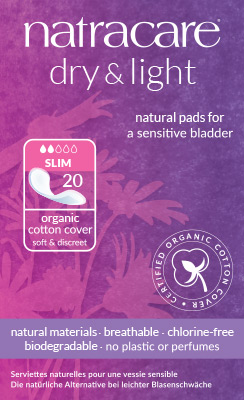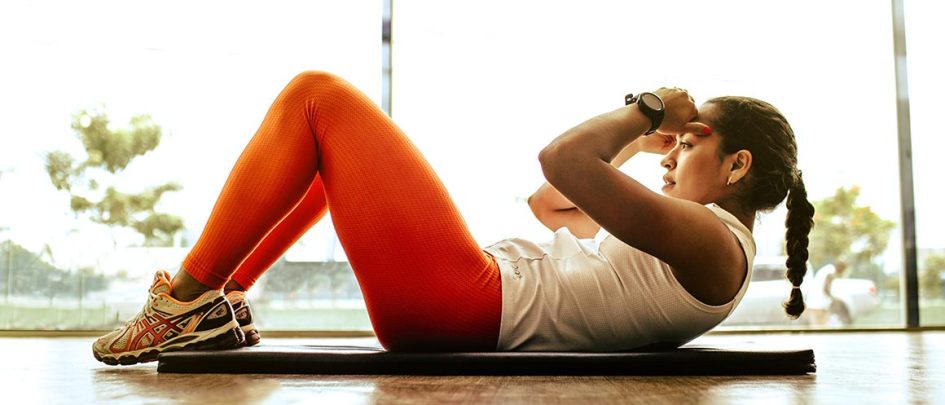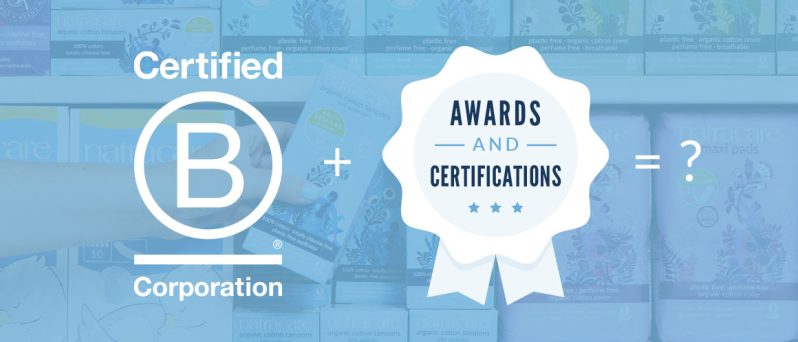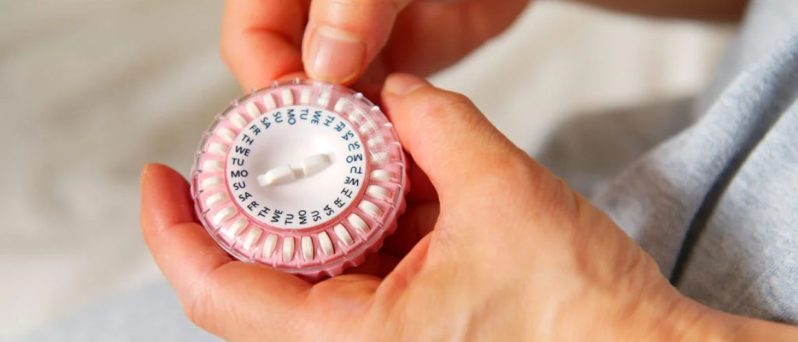Part of our mission at Natracare is to tackle the taboos surrounding women and people with vulvas. We do this with the products we make (perfume and plastic who?), in the campaigns we run (Rename Dont Shame), and through the content we create.
We know that urinary or stress incontinence remains widely considered taboo. To gain a better perspective from those who experience it, we hosted some focus groups and a survey on the topic. Here are some of our key findings:
A cure still isn’t well communicated enough
Research shows that, in up to 85% of cases, light urinary incontinence is curable through pelvic floor muscle training. While this is promising for so many people whose lives are impacted by light leaks, it’s not communicated effectively enough. 56.8% of people asked during our survey didn’t know light or stress incontinence can be cured (1).
This lack of awareness of a potential cure could stem from a few deeper problems:
- The stigma and shame surrounding the topic of bladder leaks. Shame can discourage people experiencing stress incontinence from speaking up about it to friends, family, or a medical professional. The lack of conversation means fewer people are told about the options for recovery.
- Brands selling light incontinence pads similar to ours profit from the lack of awareness. Many brands know that if they champion a cure, their product sales may decrease, so their marketing surrounding leaks never mentions a cure.
At Natracare, it’s our hope that you won’t need to rely on our pads designed for leaks forever. We actively champion a cure and hope that one day soon you’ll stop buying Dry & Light incontinence pads becuase you won’t need them anymore! Until then we’ll be your stigma-free, plastic-free go to.
People of all ages and backgrounds experience bladder sensitivity
During focus groups, some participants said they only spoke about leaks to friends who were mums (2). Other participants who weren’t parents said they felt like they didn’t fit the right demographic to be experiencing leaks and didn’t feel like they could talk about it with anyone. Light bladder leaks or stress incontinence are often thought to predominantly affect pregnant people, parents, and older people.
Contrary to this, our survey found that people who said they experienced bladder leaks varied in age from 13 to 80+! What’s more, 20% of people asked didn’t know why they started experiencing leaks (1). Symptoms of stress incontinence can start at any age, for a whole host of reasons.
Health and efficacy are top pad priorities
When asked what’s the most important consideration when purchasing pads for bladder leaks, the most popular answers were adequate protection from leaks (36.1%) and health (27.7%). Sustainability is also an important consideration, with 16.8% of people listing it as their top priority (1). With Natracare Dry & Light, these three factors are prioritised too, alongside championing a cure in the longer term.
These findings show that there’s still a way to go in terms of being rid of stigma surrounding bladder leaks and stress incontinence. It also sheds light on one of the key ways we can achieve this: through open, honest, and shame-free conversation and education!
Have you experienced bladder leaks and want to share your experience? Tell us about when stress incontinence started for you in the comments below.
(1) According to a survey conducted by Natracare with 125 participants
(2) According to focus groups run by Natracare













